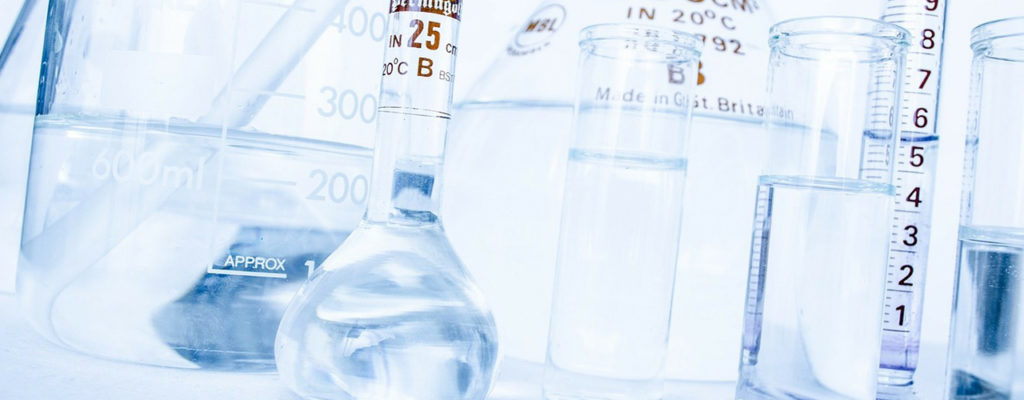Answering key questions about water, using the most rigorous methods available

Near Infrared Spectroscopy
Near Infrared (NIR) spectroscopy gives us a lot of insight into the specific bonding of water molecules in a solution, providing us with a precise ‘fingerprint’ of a solution. This technique has been used successfully by Prof Tsenkova at Kobe University, Japan to detect and characterise very low concentrations of solutes through the unique effect they have on the structure of the surrounding water.
Nuclear Magnetic Resonance
Nuclear Magnetic Resonance (NMR) gives us very valuable insights into the structural differences between different solutions. NMR is well established technique, which has been applied to the study of solutions. NMR measurements provides us with valuable insight complementing that obtained through NIR.
Dynamic Light Scattering
Dynamic Light Scattering (DLS) enables us to investigate the presence of nano-structures in solution. Questions such as the concentration and size distribution of such structures can be answered. This technique complements other more analytical techniques designed to give us insight into the chemical nature of such structures.
Conductivity
An important technique and key measurement in the lab is the measure of electrical properties of solutions, in particular conductivity has proven to be a relatively straightforward yet highly informative measure. Combined with trace analysis techniques designed to calculated the corresponding theoretical conductivity this technique provides us with key insights into the structure of water solutions.
Thermogravimetry
Thermogravimetry enables us to analyse aqueous residues in terms of their resistance to heat. Combined with an analytical technique such as Mass-spectrometry it provides key insights into aqueous solutions under investigation.
EM Signal Analysis
Electromagnetic (EM) Signal Analysis is another key avenue of investigation. EM signal analysis allows us to characterise solutions and compare solutions. Using modern signal analysis techniques we aim to be able to provide new insights into the nature of solutions under investigation.
